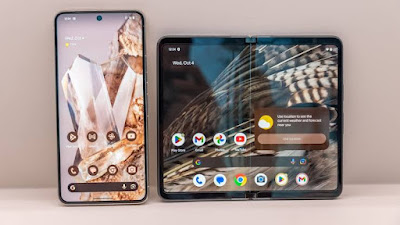Xiaomi is switching from MIUI to HyperOS as its smartphone operating system. On Xiaomi devices, both systems are in use, although HyperOS offers more functionality. This is the unique way that HyperOS benefits users.
1. Integration of Unified Ecosystems The goal of HyperOS is to unify all Xiaomi products into a single system. This covers wearables, laptops, tablets, phones, and smart home appliances. With this integration, customers should have an easy time navigating between devices and effectively managing their smart home. Even Xiaomi's SU7 electric car is connected to it.
2. Enhanced Battery Life and Performance In comparison to MIUI, HyperOS consumes less RAM—just 9.14 GB as opposed to MIUI's 12.53 GB. This improves system performance and saves over 3 GB of storage. Additionally, HyperOS extends battery life. Because of background improvements, battery usage may be high at first, but it will last longer afterwards.
3. The feature of dynamic interactionThe "Dynamic Notch" is a feature of HyperOS that is similar to Apple's Dynamic Island. This feature displays information such as hotspot status, battery percentage, charging speed, and silent mode using the area surrounding the notch or punch-hole camera. It offers fewer features now, but more will be added in later versions.
4. Simple Removal of Bloatware Users of MIUI have voiced complaints regarding difficult-to-remove bloatware, or pre-installed software. With a mechanism to remove undesirable apps, HyperOS simplifies this. By doing this, background activity is decreased, improving performance and freeing up storage.
5. A Better Control Point With HyperOS, the Control Center has been redesigned to seem cleaner and simpler. By default, icon captions have been removed. If they would like, users can re-enable captions in the settings. Larger icons and a single swipeable panel make up the redesigned Control Center, which is easier to use. Additionally, it has a widget for music playback, which lets users manage music without opening other programs.
Because of HyperOS's improved efficiency, easy-to-use features (such bloatware removal), and ecosystem integration, users find it appealing. In order to guarantee a seamless transition, Xiaomi is bringing HyperOS to additional devices. HyperOS may incorporate third-party apps and services, improve the Dynamic Notch, and add new features as it develops. With its emphasis on a seamless user experience and a connected environment, HyperOS represents a significant advancement for Xiaomi and sets a new benchmark for its products.






.jpeg)
.jpeg)

.jpeg)




















